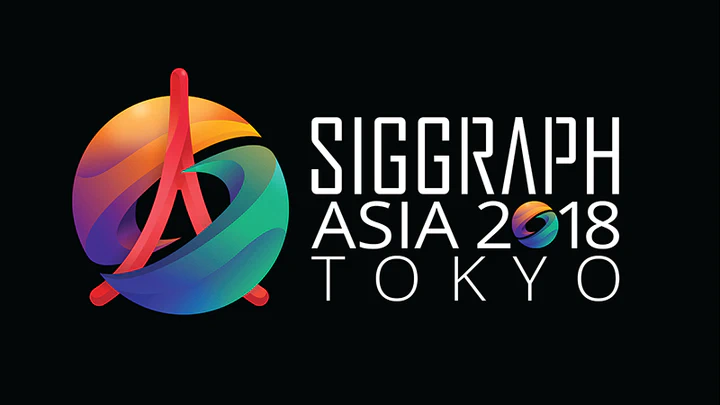Parallel Iterative Solvers for Real-Time Elastic Deformations
Jan 1, 2018· ,·
0 min read
,·
0 min read
Marco Fratarcangeli
Huamin Wang
Yin Yang

Abstract
Physics-based animation of elastic materials allows to simulate dynamic deformable objects such as fabrics, human tissue, hair, etc. Due to their complex inner mechanical behaviour, it is difficult to replicate their motions interactively and accurately at the same time. This course introduces students and practitioners to several parallel iterative techniques to tackle this problem and achieve elastic deformations in real-time. We focus on techniques for applications such as video games and interactive design, with fixed and small hard time budgets available for physically-based animation, and where responsiveness and stability are often more important than accuracy, as long as the results are believable. The course focuses on solvers able to fully exploit the computational capabilities of modern GPU architectures, effectively solving systems of hundreds of thousands of nonlinear equations in a matter of few milliseconds. The course introduces the basic concepts concerning physics-based elastic objects, and provide an overview of the different types of numerical solvers available in the literature. Then, we show how some variants of traditional solvers can address real-time animation and assess them in terms of accuracy, robustness and performance. Practical examples are provided throughout the course, in particular how to apply the depicted solvers to Projective Dynamics and Position-based Dynamics, two recent and popular physics models for elastic materials.
Type
Publication
SIGGRAPH Asia 2018 Courses
GPU Acceleration
Jacobi Method
Chebyshev Semi-Iterative Method
Hyperelasticity
Multi-Color Gauss-Seidel Method
Nonlinear Optimization
Parallel Computing
Position-Based Dynamics
Projective Dynamics
Authors
Chief Scientist
My research interests include computer graphics, computer vision, generative AI, and embodied AI.